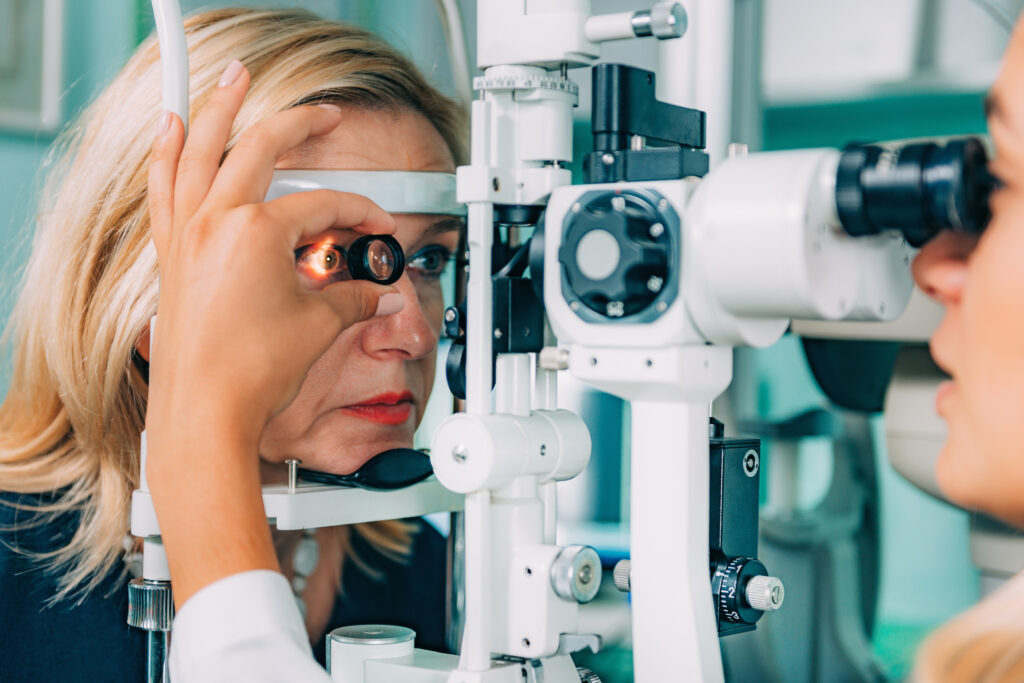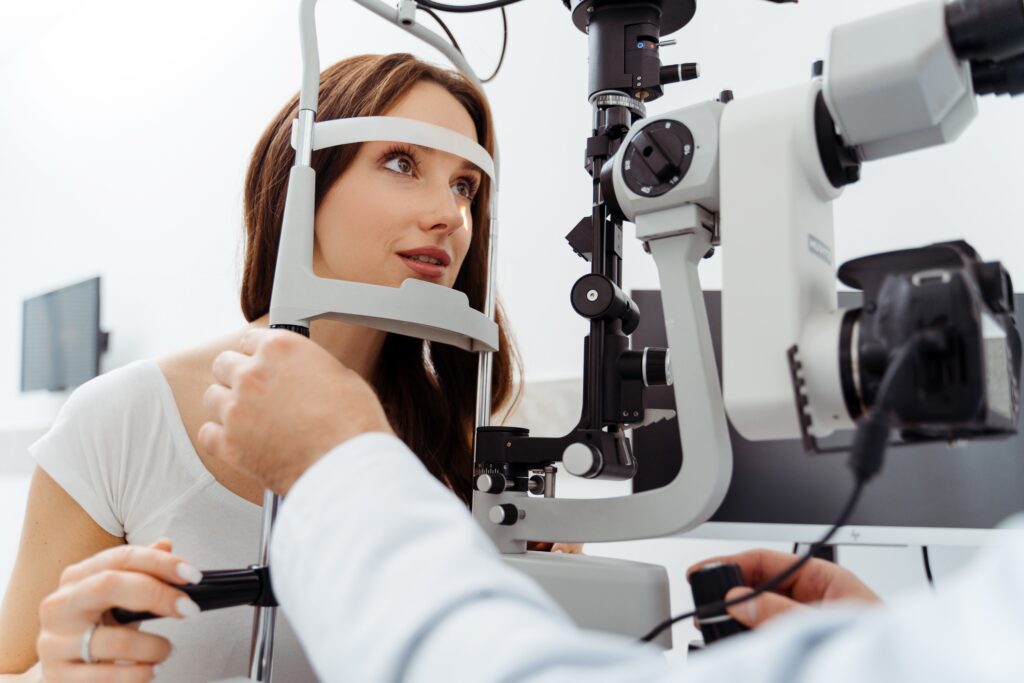Your eyes deserve the best care. A thorough eye examination is essential for maintaining optimal eye health and catching potential issues early.
Our experienced ophthalmologist will evaluate your overall eye health, ensuring you receive the highest quality care.
Here’s what to expect during your visit and the advanced diagnostic tools we use:

